Trachyphyllia Coral Care Guide – Care, Feeding & Lighting Tips
Introduction
Trachyphyllia corals, often called Open Brain or Folded Brain corals, are showstoppers in reef aquariums. Their brilliant colors, flowing movement, and hardy nature once established make them favorites among reef keepers. These large polyp stony (LPS) corals are ideal for aquarists looking for a striking centerpiece coral that offers both beauty and personality.
Scientific Name & Identification
Trachyphyllia (Trachyphyllia geoffroyi) belongs to the family Merulinidae. They are easily recognized by their large, fleshy mantle that inflates during the day, covering their rigid skeleton. Their coloration is highly variable—ranging from solid neon shades to intricate multicolored patterns that glow vividly under blue reef lighting.
Natural Habitat
In the wild, Trachyphyllia corals are found across the Indo-Pacific, especially in lagoon areas and reef slopes. They naturally settle in sandy or rubble-bottom zones with low to moderate flow and filtered sunlight. This natural setting provides key insight into how they should be placed and cared for in aquariums.
Aquarium Care & Setup
To keep Trachyphyllia thriving in a reef tank, it’s important to replicate their natural environment:
-
Temperature: 74–80°F (23–27°C)
-
pH: 8.1–8.4
-
Salinity: 1.024–1.026
-
Lighting: Moderate lighting, 75–100 PAR
-
Flow: Low to moderate, avoiding direct blasts that may tear tissue
-
Placement: Best on the sandbed with plenty of room to expand without contact with rock or neighboring corals
Because their tissue is delicate, avoid sharp or rough substrates. Trachyphyllia are prone to damage if disturbed or placed on jagged rockwork.
Feeding Trachyphyllia Corals
While photosynthetic, Trachyphyllia greatly benefit from supplemental feeding. Offering mysis, brine shrimp, or finely minced seafood 2–3 times a week helps support growth, tissue health, and coloration. Feeding is best done at night when tentacles are extended, but they will also accept food during the day if target fed.
Growth and Behavior
Trachyphyllia are known for their ability to inflate dramatically—sometimes doubling in size compared to their skeleton. They are relatively slow-growing but can reach large sizes over time. Their semi-aggressive nature means they should be given space, as they may sting nearby corals with short sweeper tentacles.
Tankmates
Peaceful reef fish and invertebrates make the best companions. Avoid butterflyfish, angelfish, or other coral-nippers that may damage their fleshy mantle. Cleaner shrimp, snails, tangs, and clownfish are safe tankmates.
Common Challenges
-
Tissue Damage: Easily occurs if the coral is placed on sharp rocks or blasted by strong flow.
-
Bleaching: Caused by excessive lighting or unstable parameters.
-
Aggression: Ensure spacing from other corals to prevent stings.
Conclusion
Trachyphyllia corals bring unmatched vibrancy and life to reef aquariums. With their large fleshy polyps, bold colors, and constant movement, they serve as centerpiece corals that reward aquarists with long-term beauty. By providing stable parameters, gentle flow, and regular feeding, Trachyphyllia can thrive for many years in home aquariums.
Shop Trachyphyllia Corals


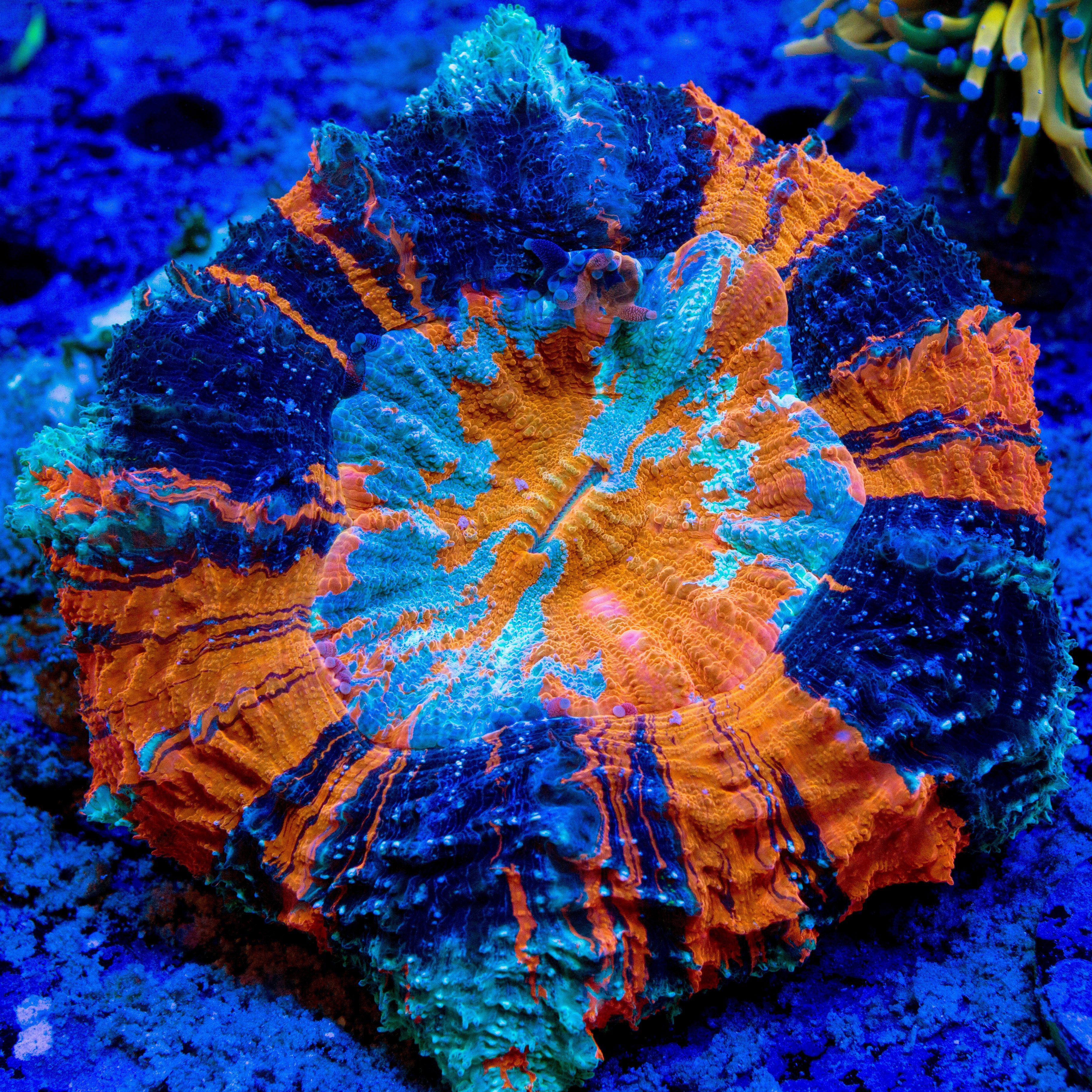
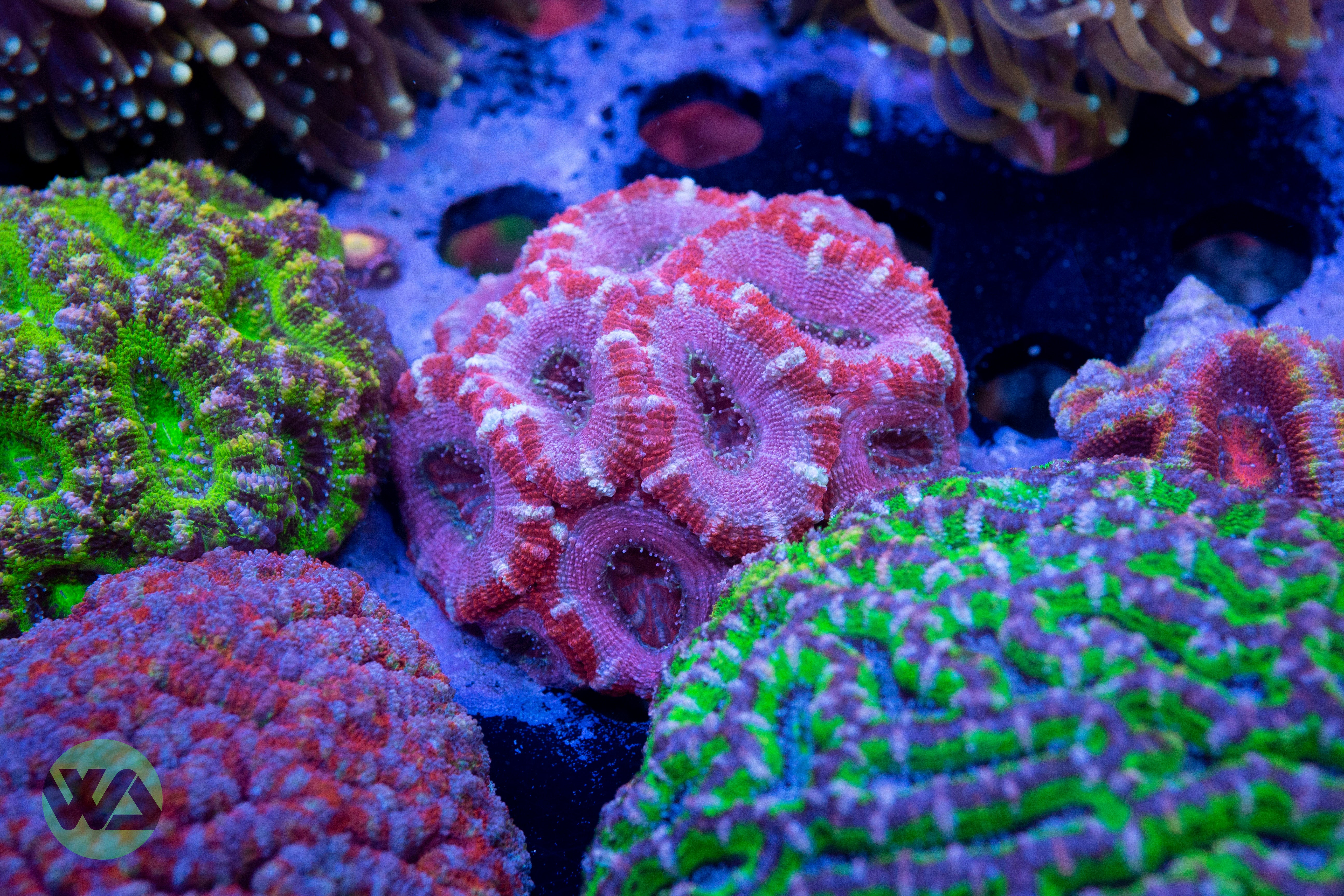
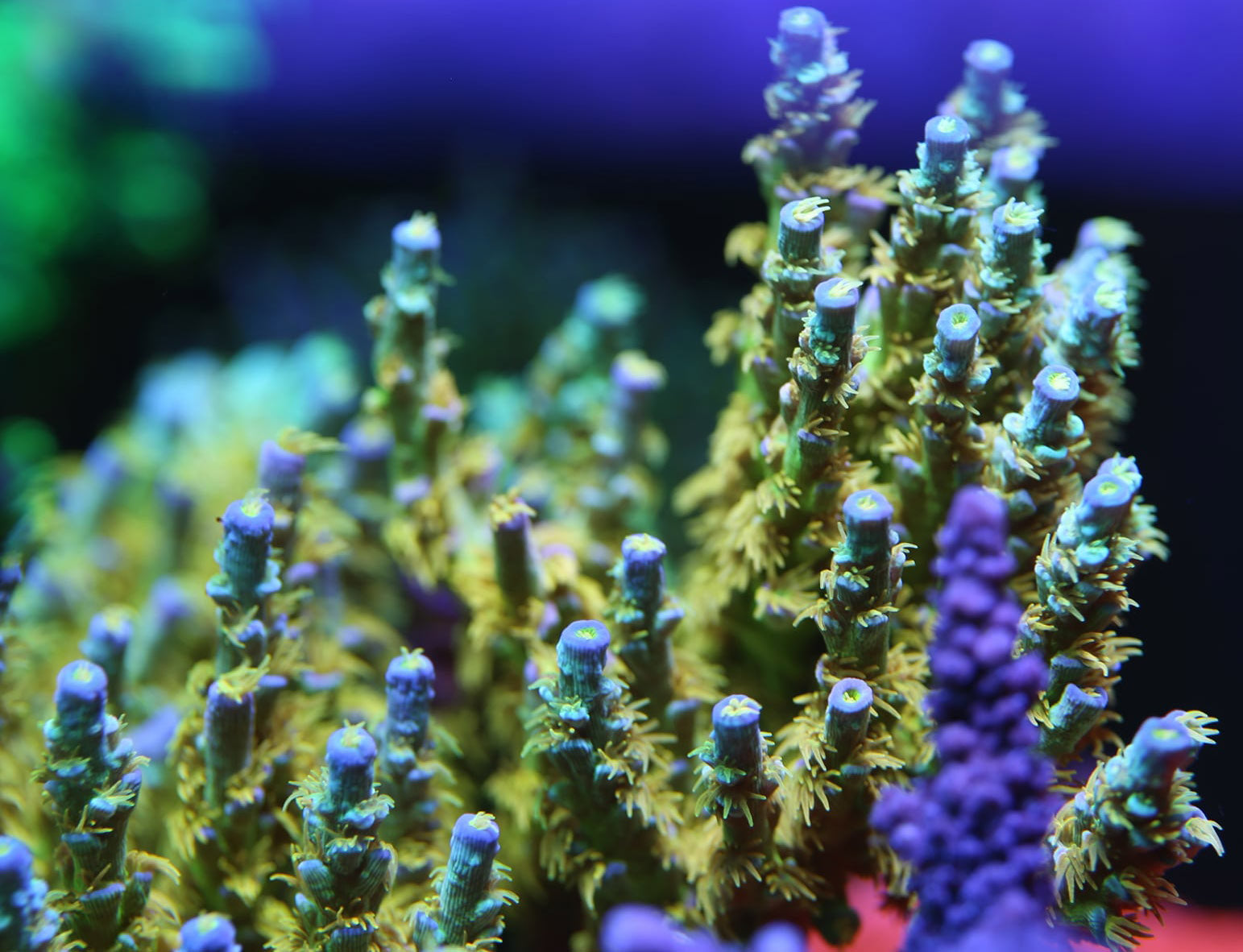
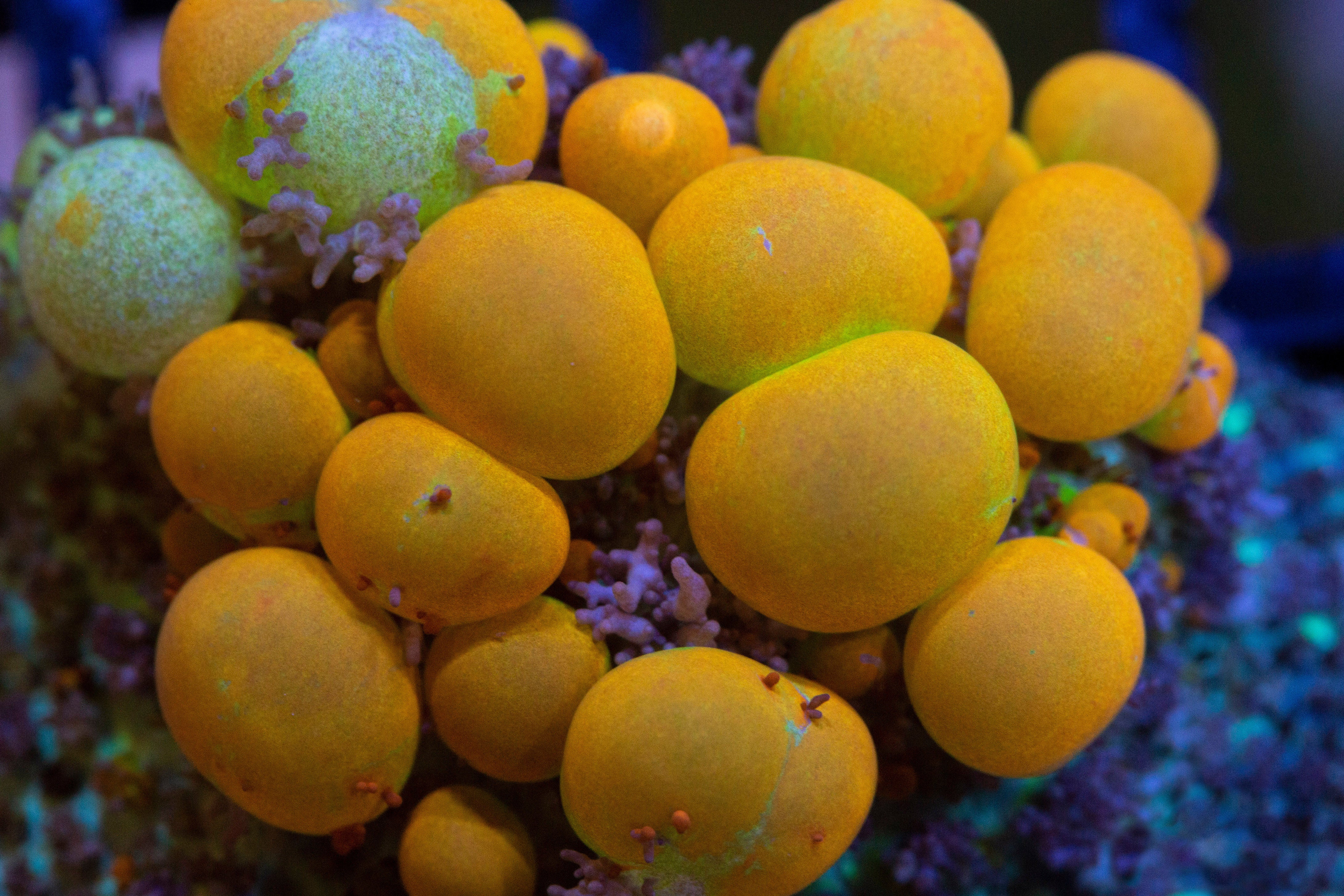
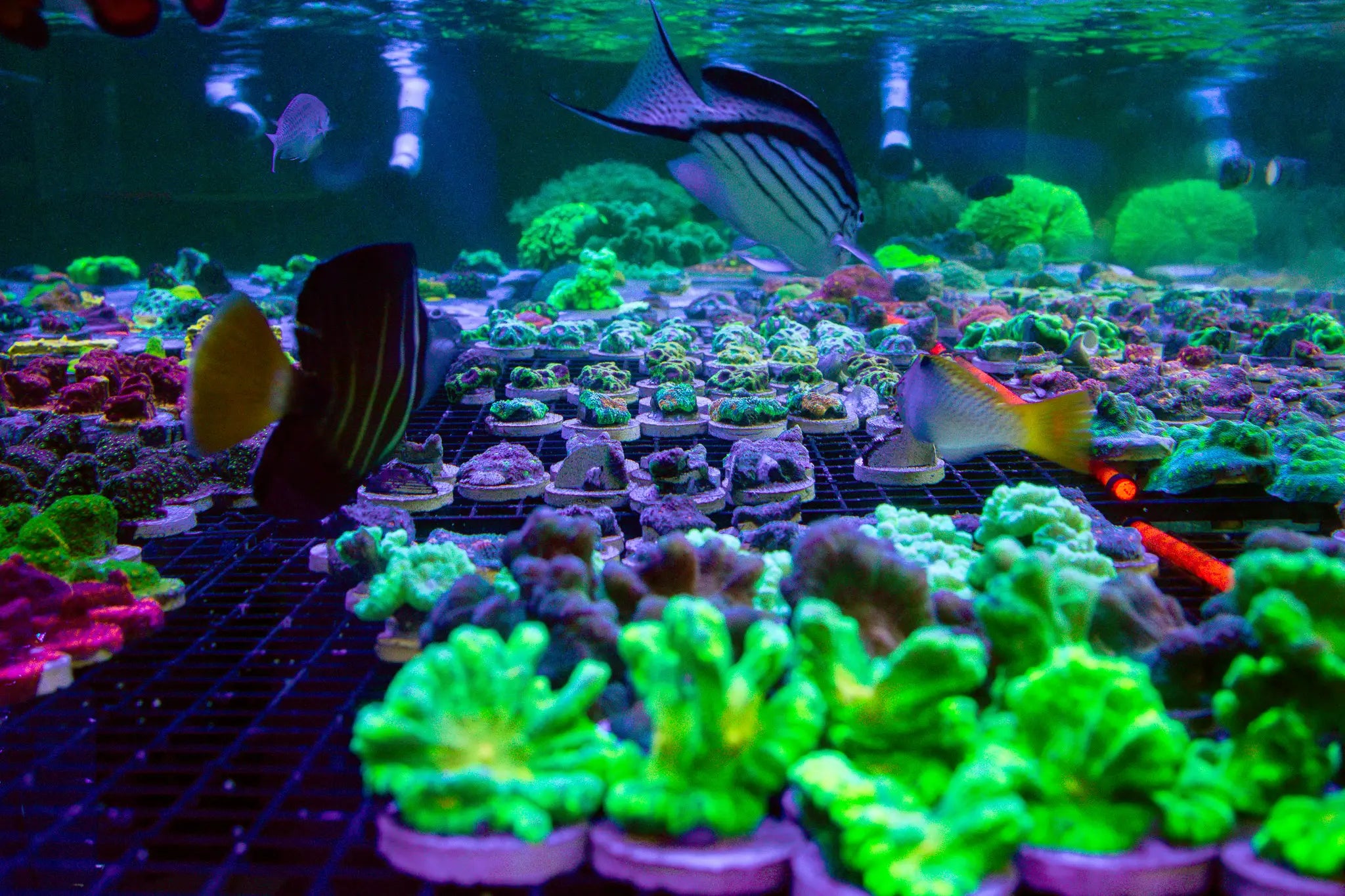
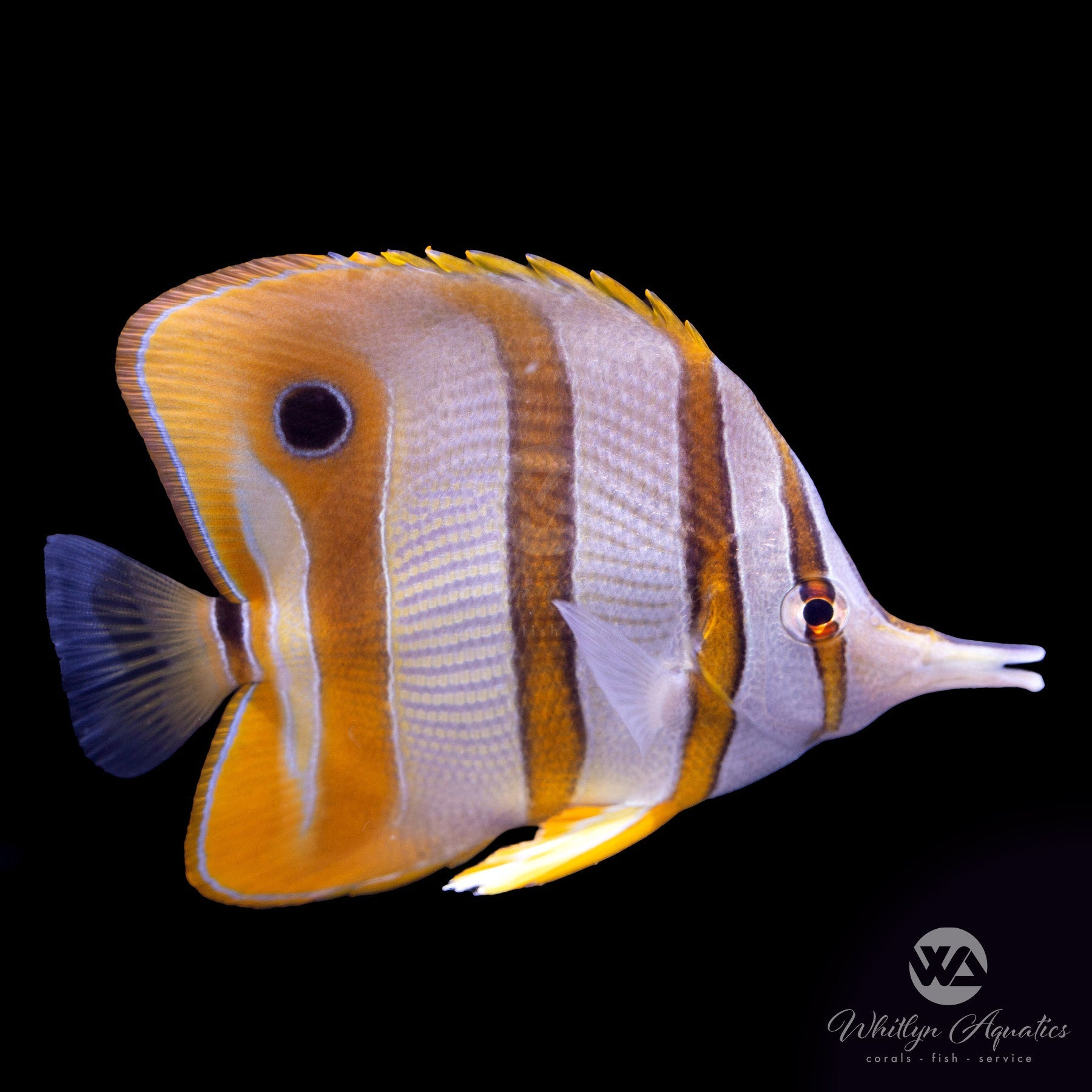
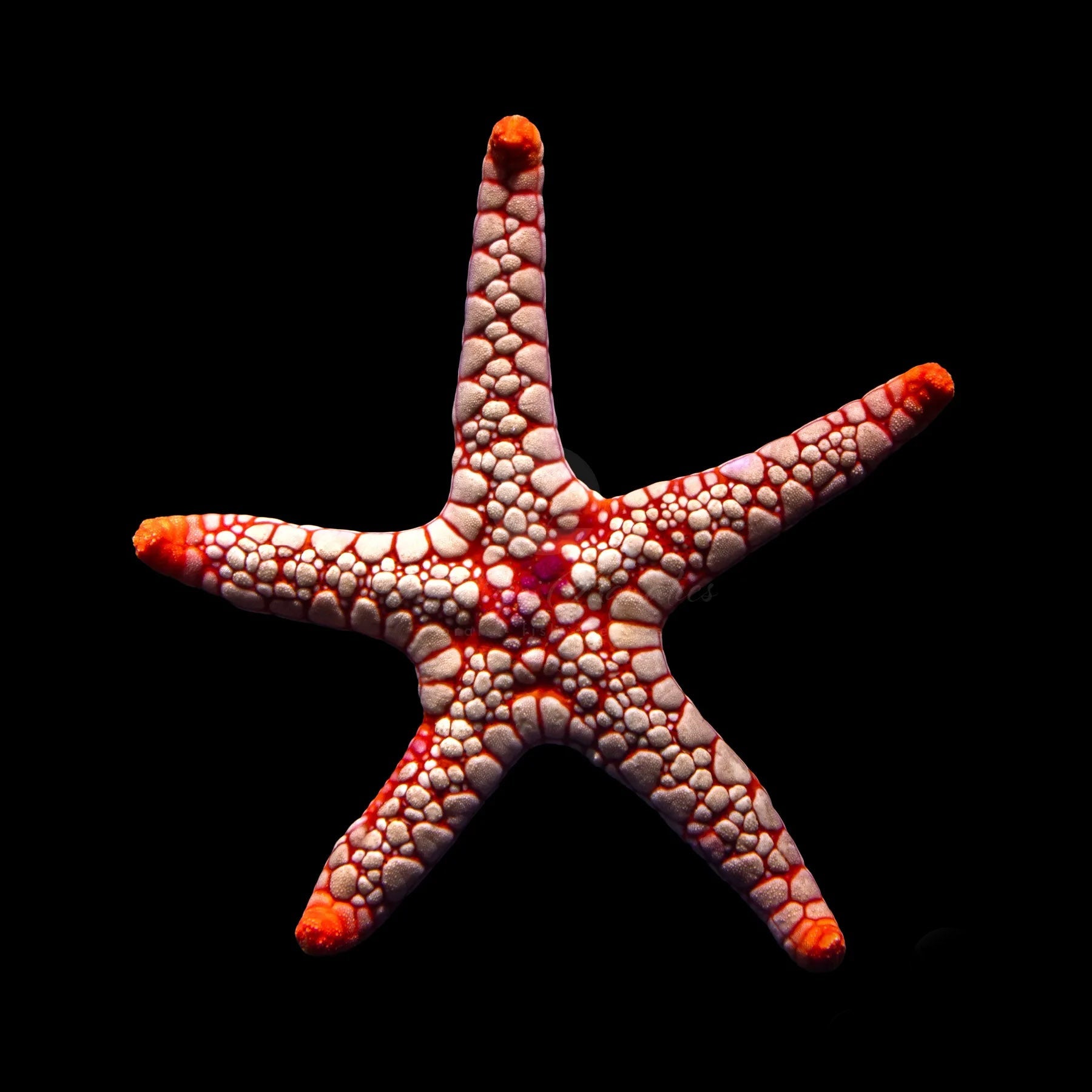
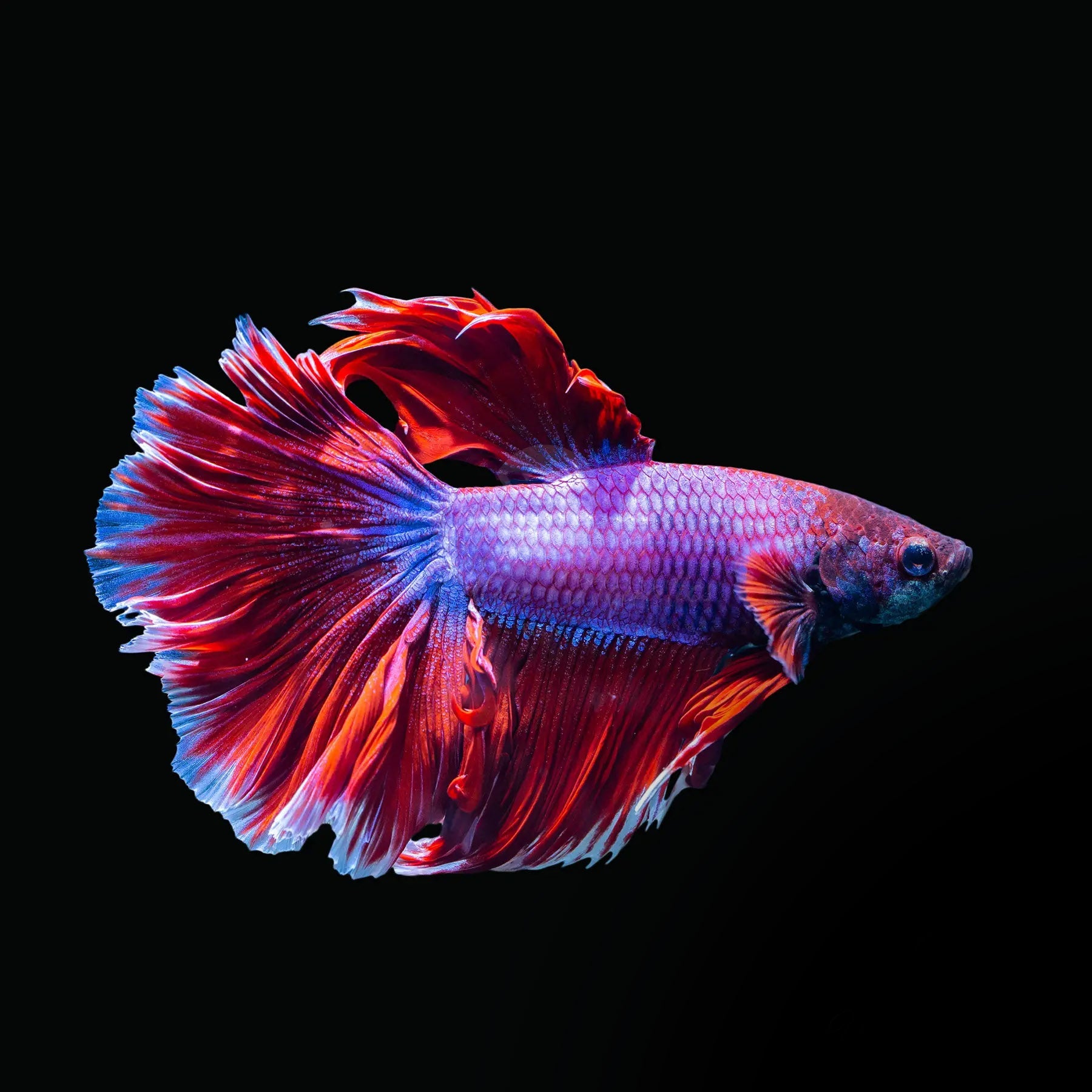
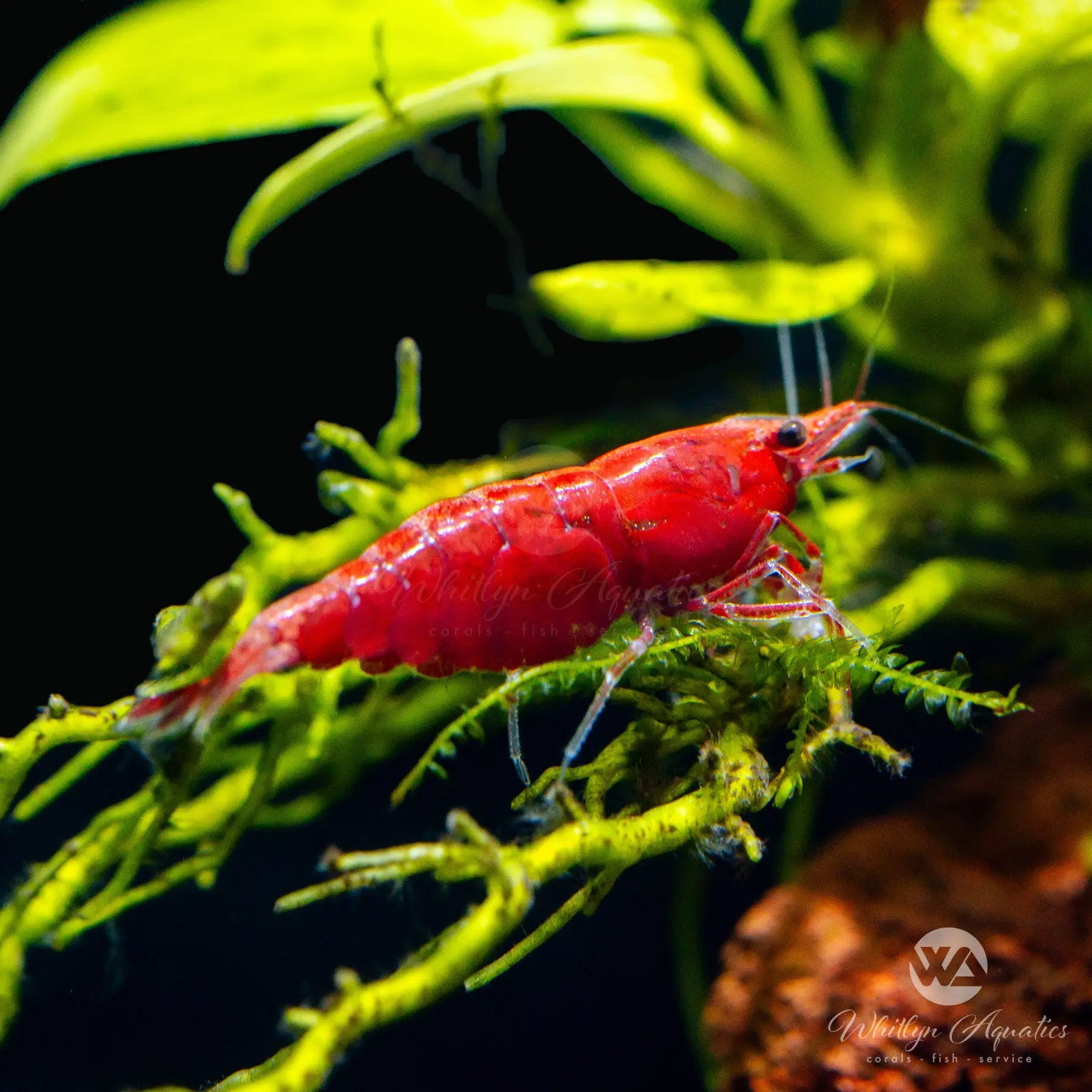
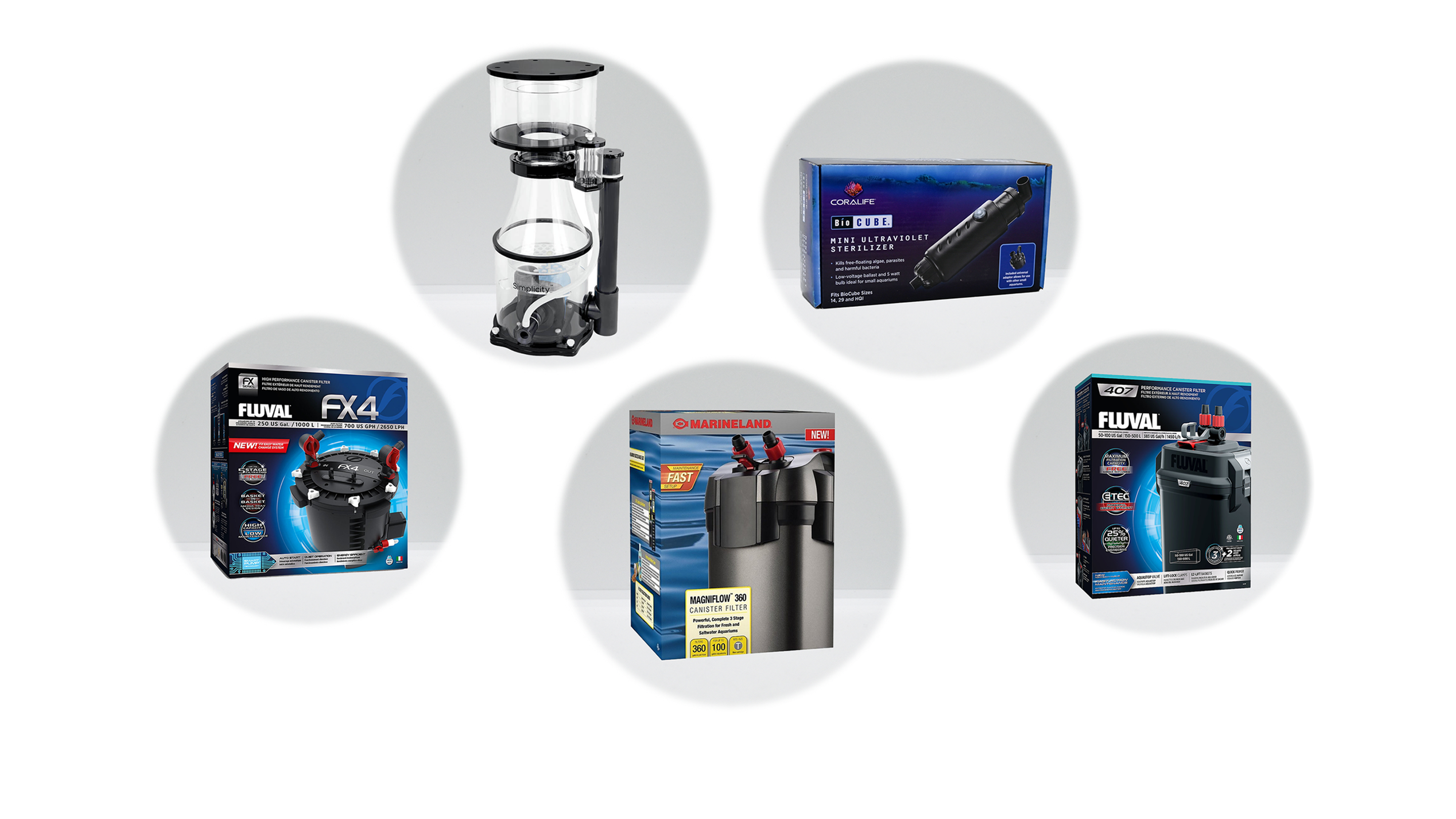
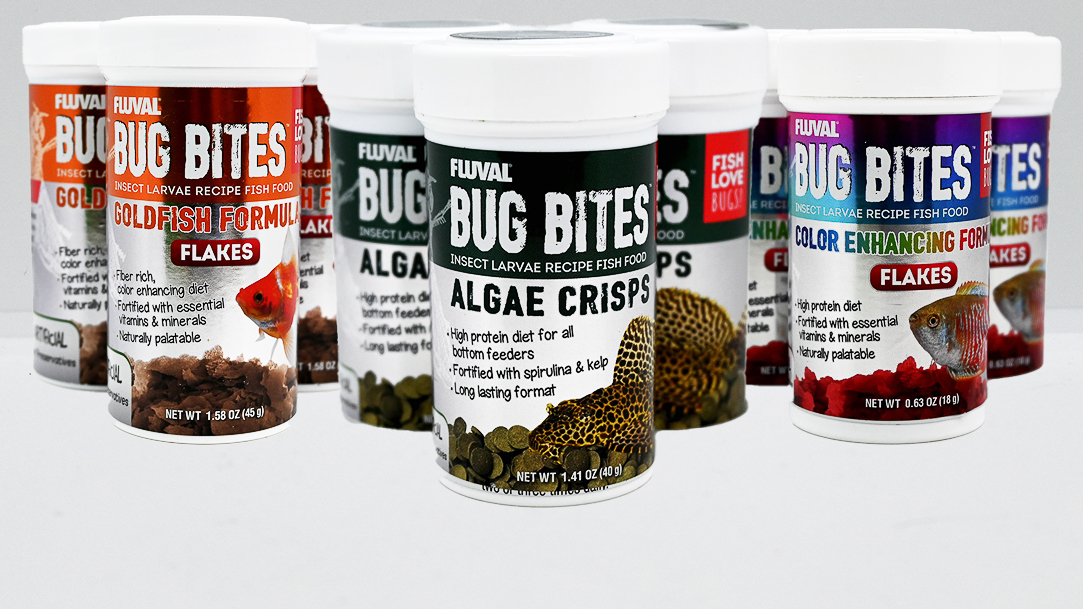
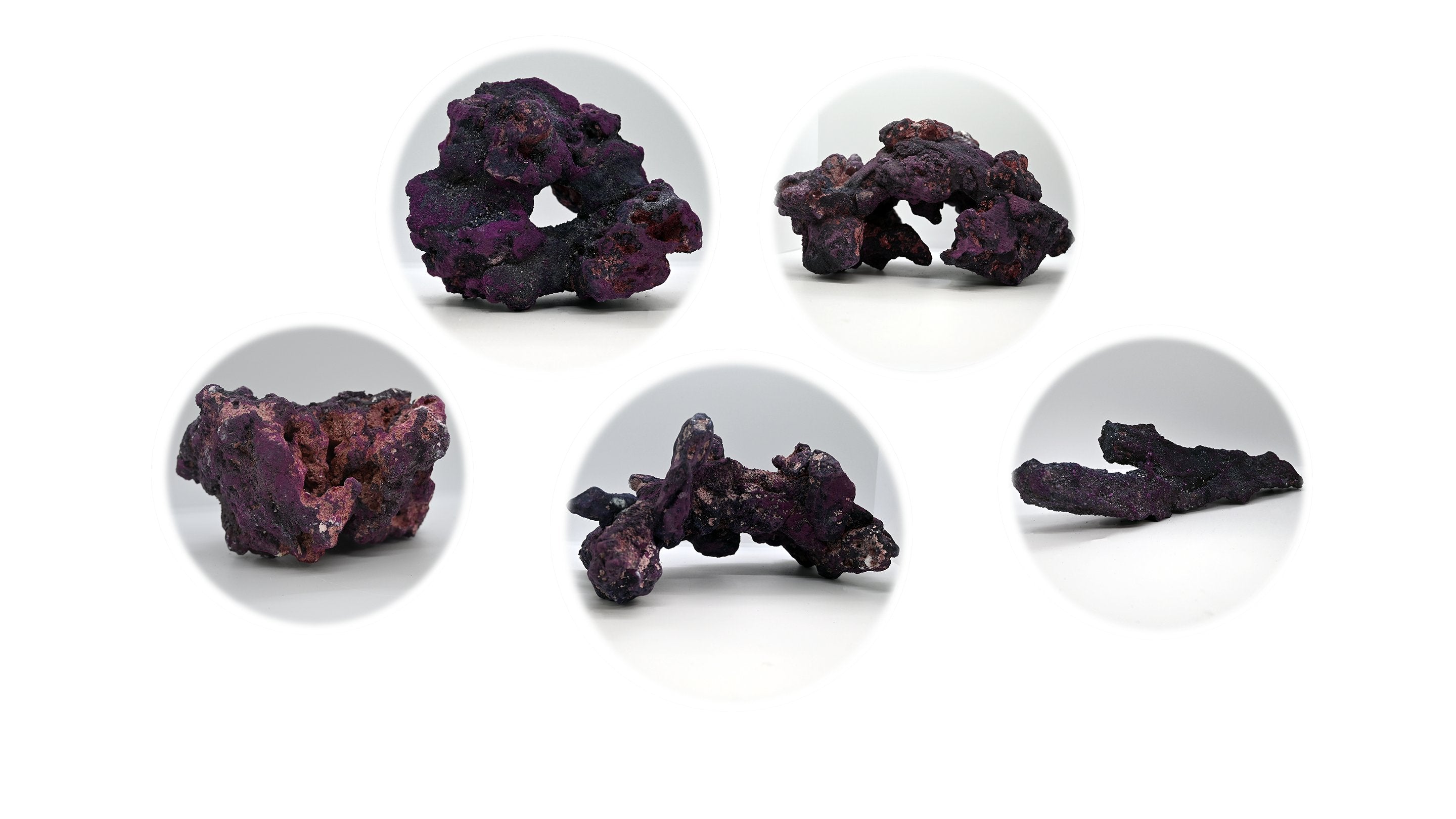
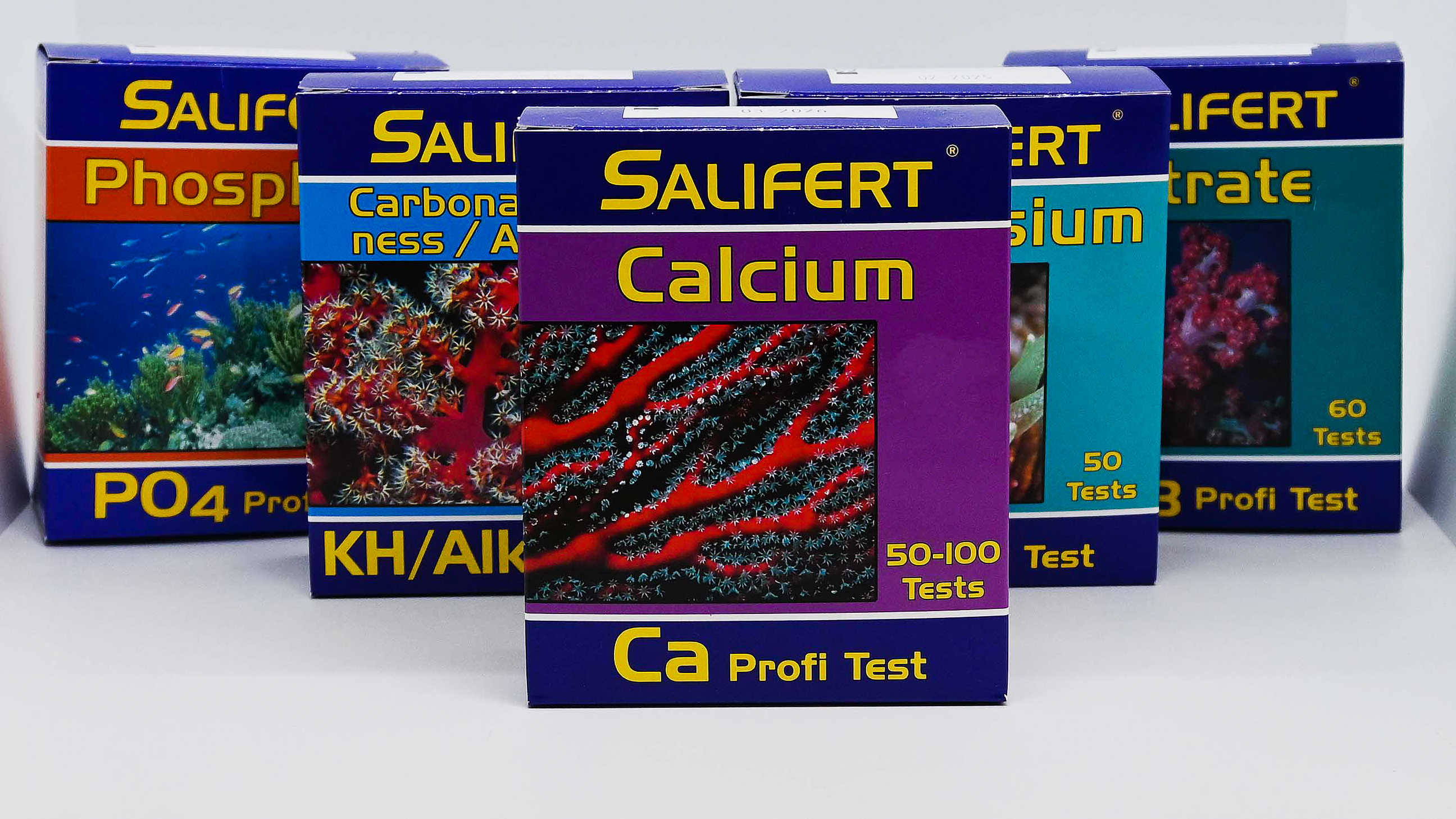
Leave a comment